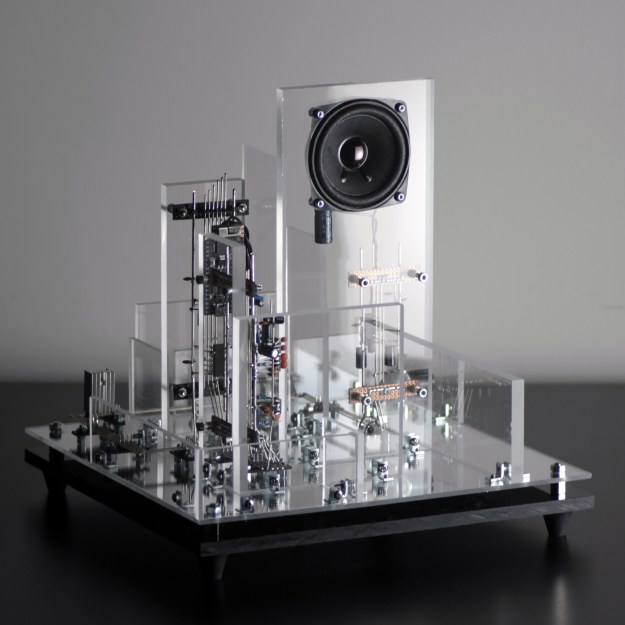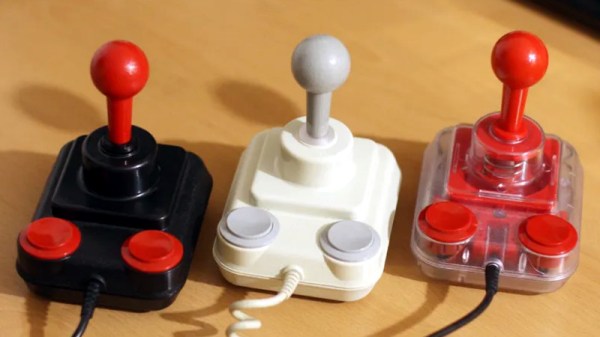We always get excited when we buy a new tablet. But after a few months, it usually winds up at the bottom of a pile of papers on the credenza, a victim of not being as powerful as our desktop computers and not being as convenient as our phones. However, if you don’t mind a thick tablet, you can get the RasPad enclosure to fit around your own Raspberry Pi so it can be used as a tablet. Honestly, we weren’t that impressed until we saw [RTL-SDR] add an SDR dongle inside the case, making it a very portable Raspberry Pi SDR platform.
The box is a little interesting by itself, although be warned it costs over $200. For that price you get an LCD and driver board, a battery system, speakers, and an SD extension slot with some control buttons for volume and brightness. There’s a video of the whole setup (in German) below.
Continue reading “Raspberry Pi Tablet Gets Radio Surgical Enhancement”




















